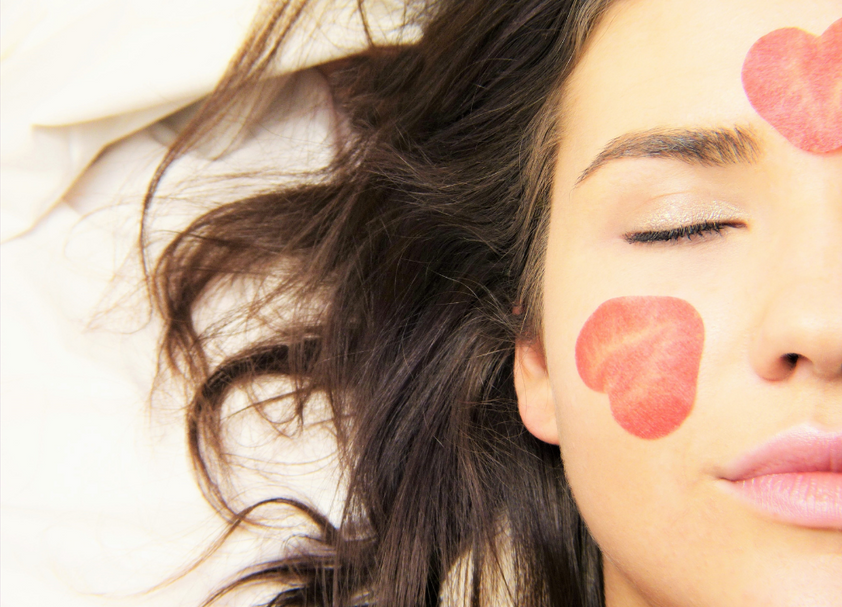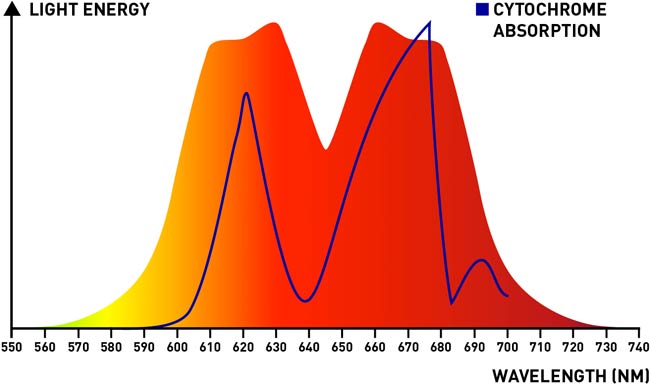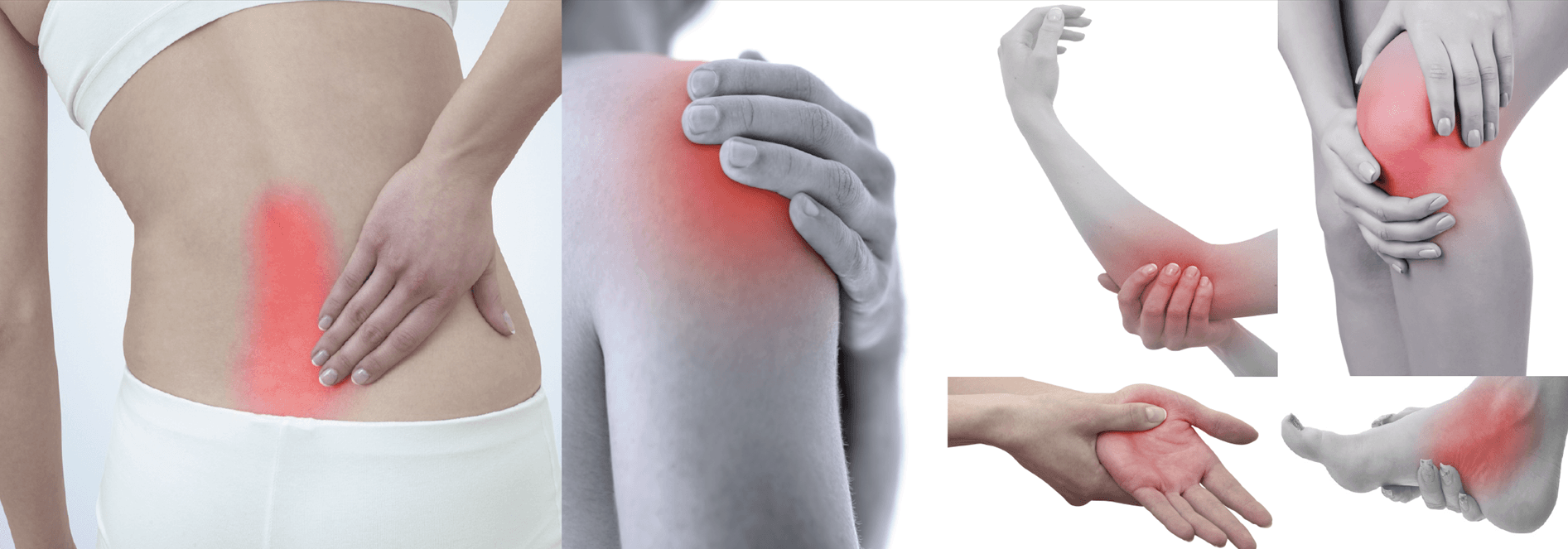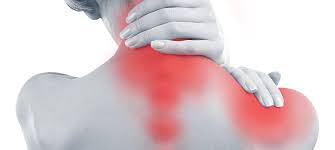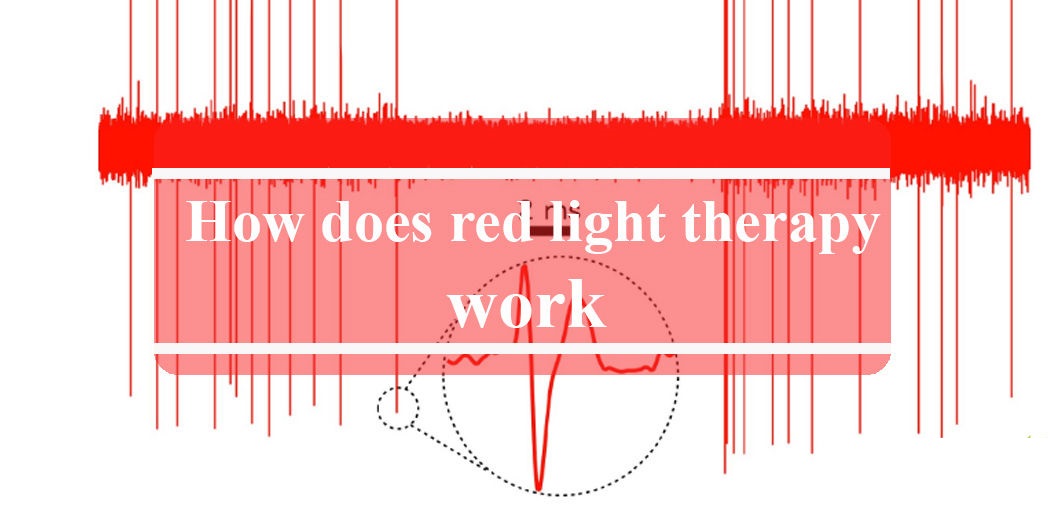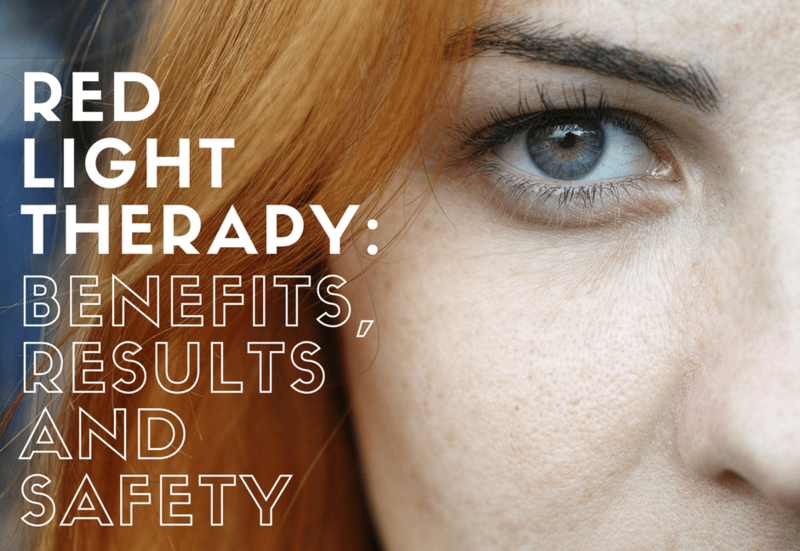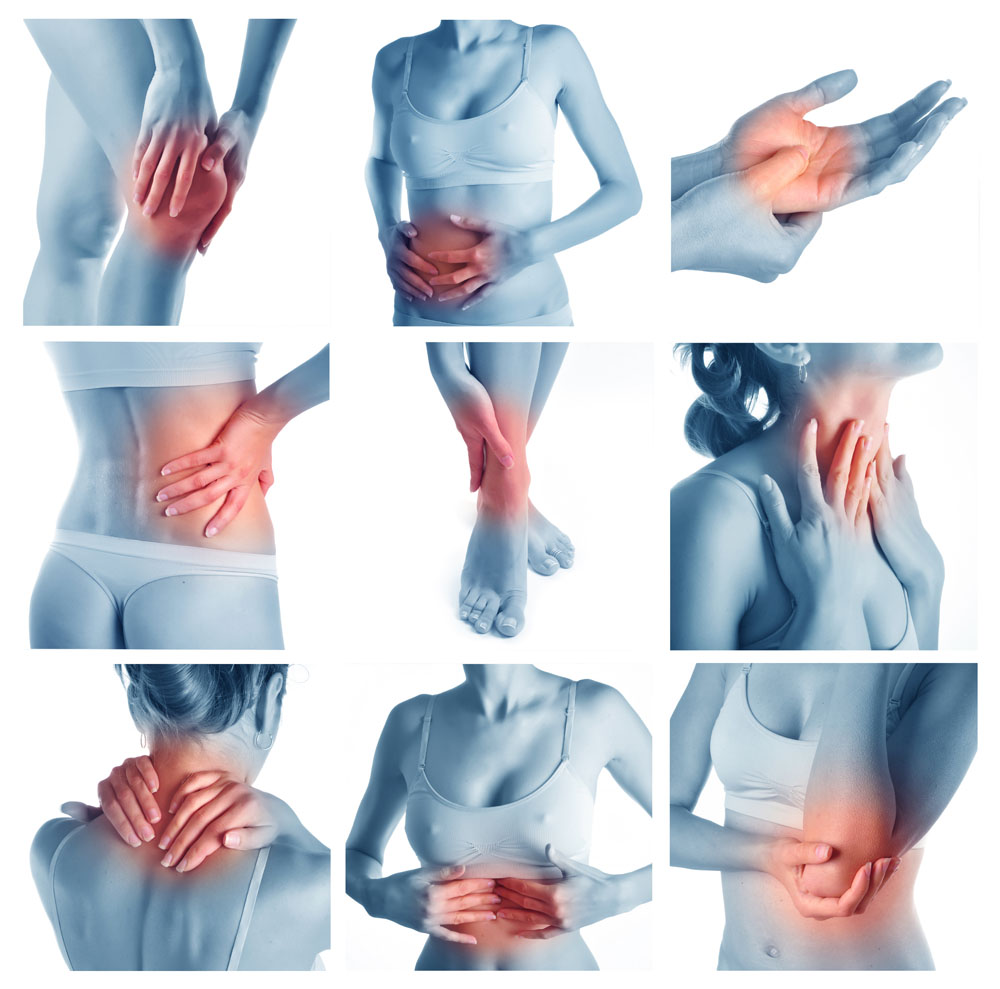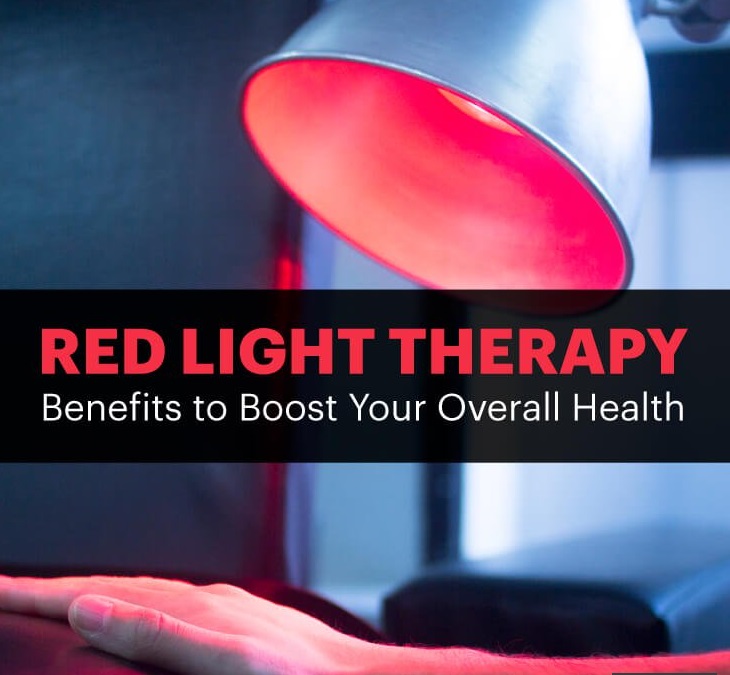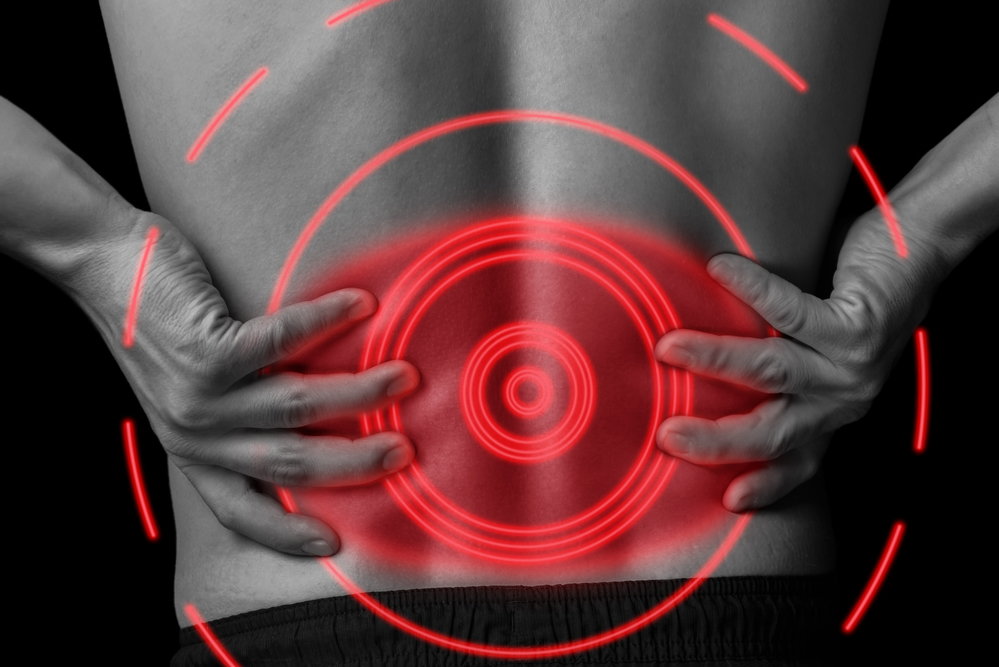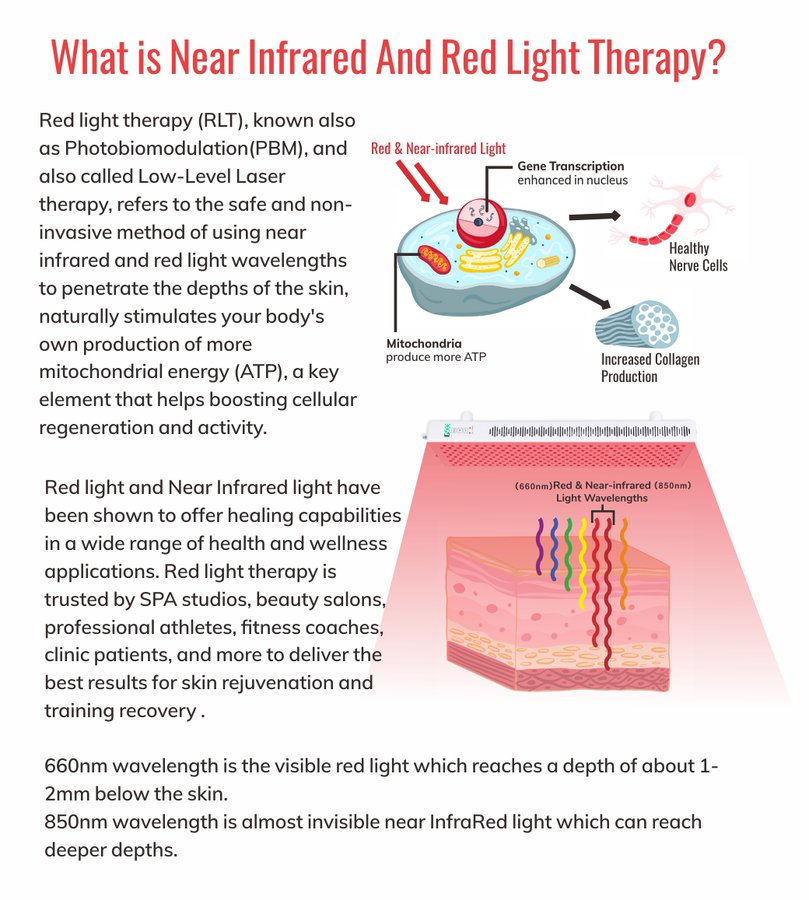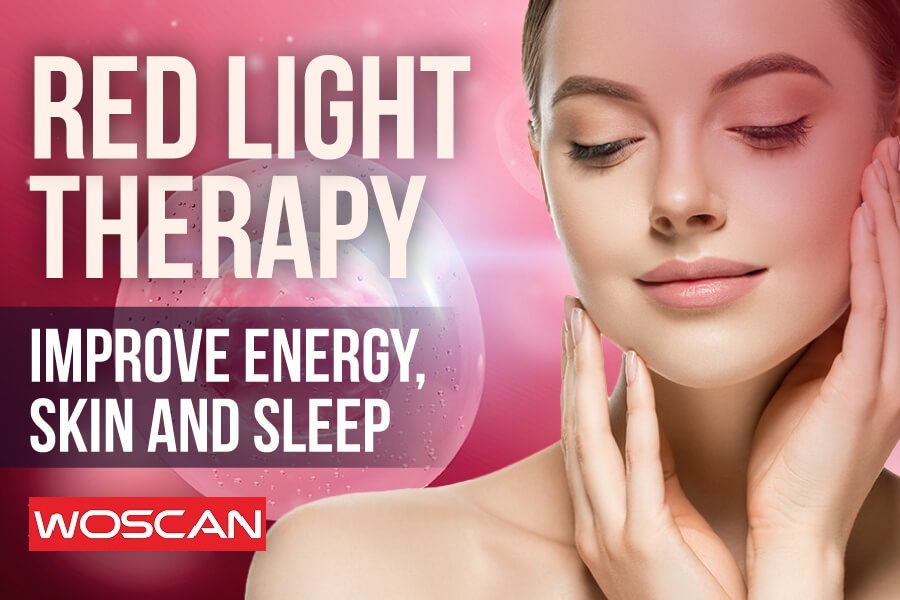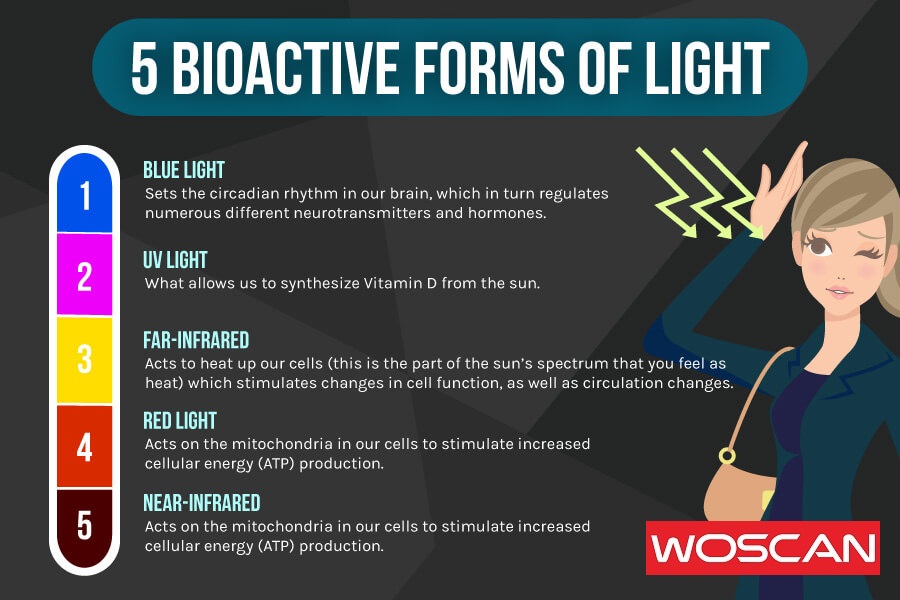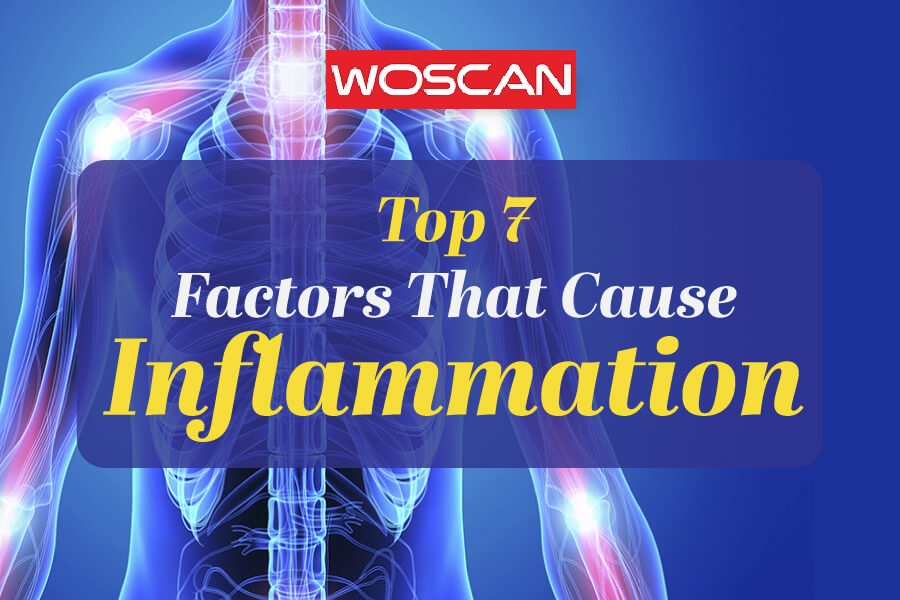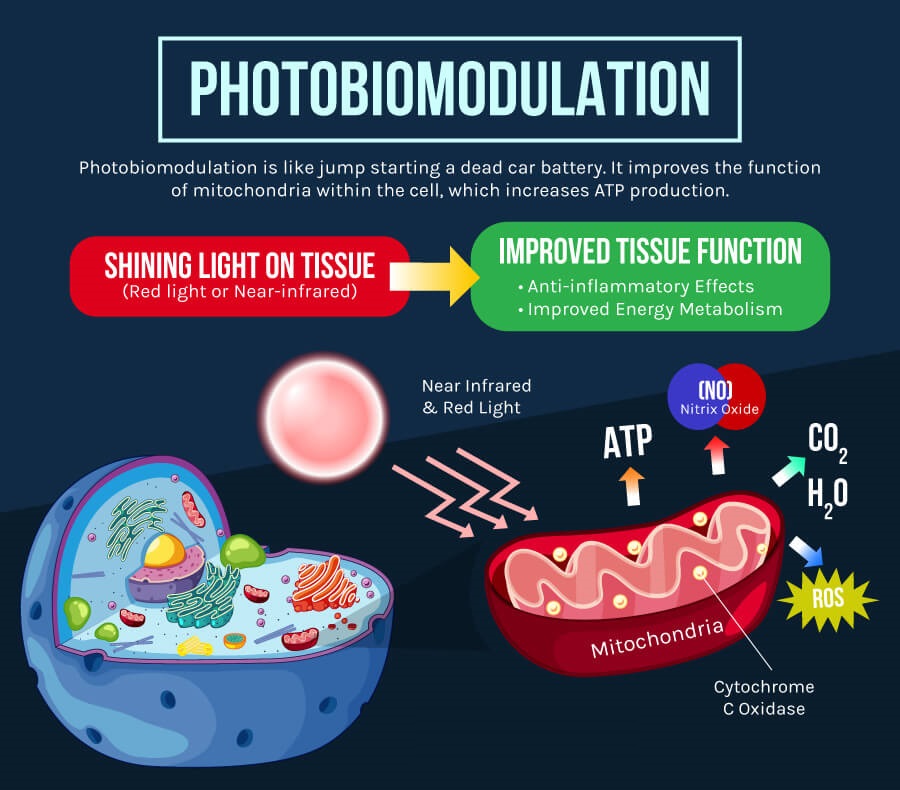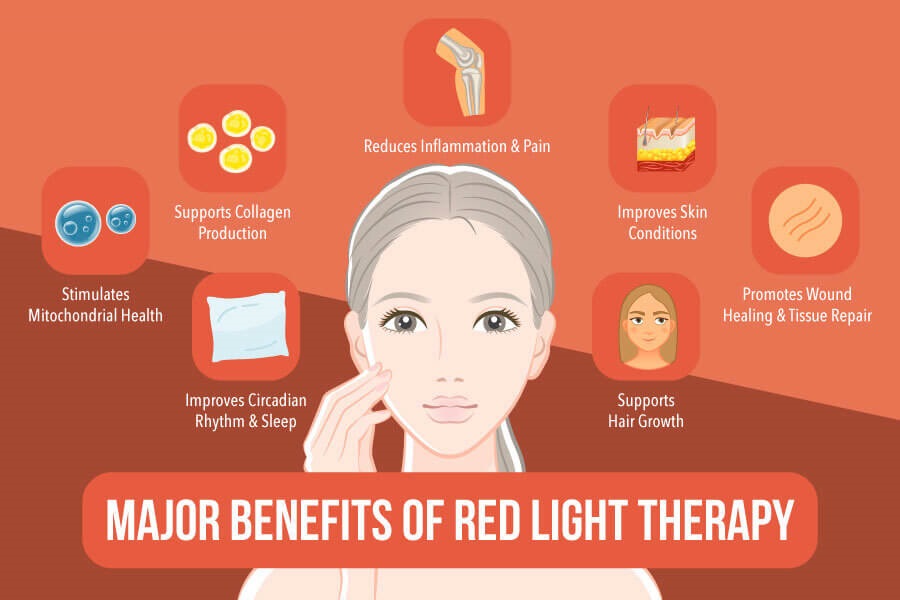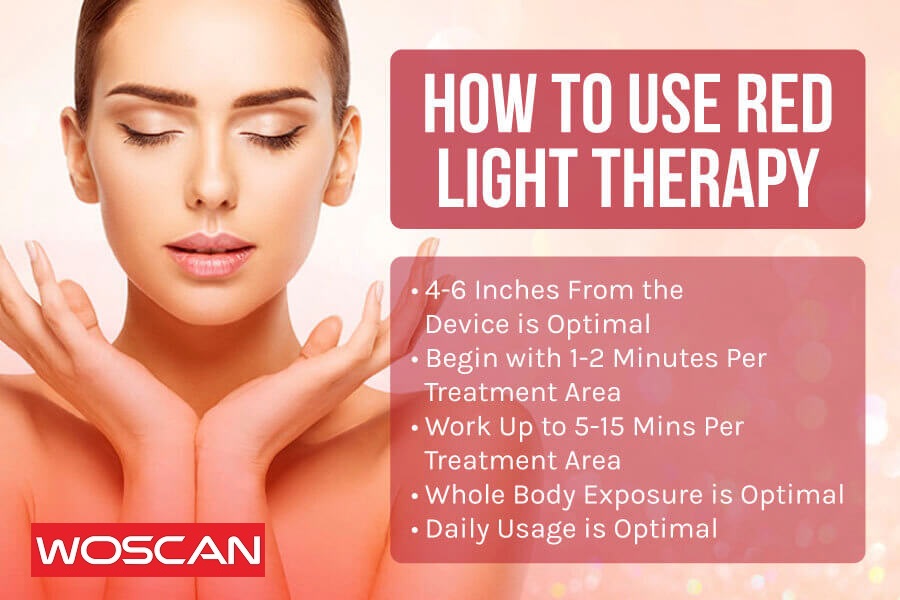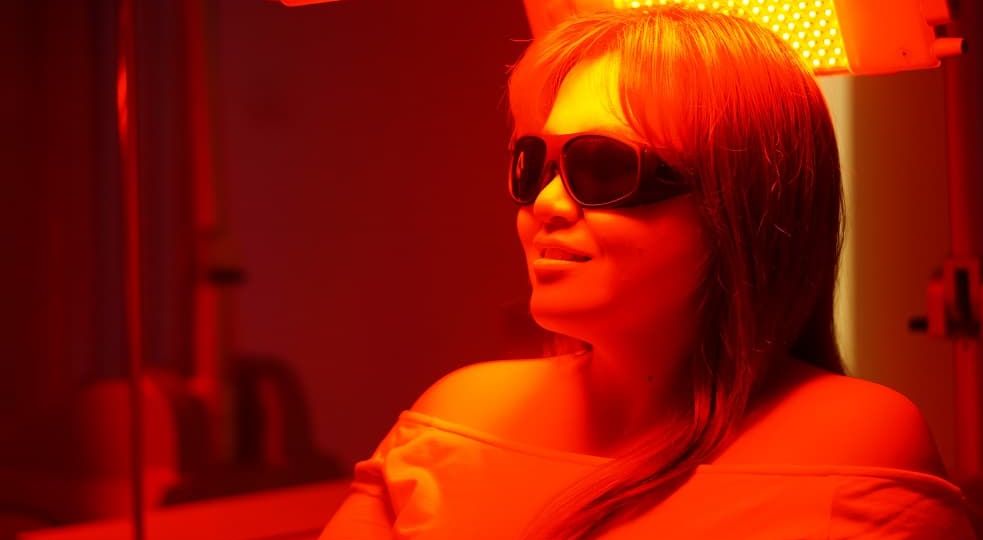
In today’s world, where individuals are increasingly seeking natural and non-invasive ways to enhance health and appearance, Red Light Therapy (RLT) has garnered significant attention, especially in the realm of hair growth. As one delves into the nuances of hair loss, whether driven by genetics, hormonal shifts, stress, aging, or nutritional gaps, the quest for effective solutions remains paramount.
RLT, with its foundation in science and technology, offers a promising avenue not just for those aiming to counteract thinning or receding hair, but also for those desiring to optimize their hair’s vitality. In this article, we’ll journey through the science, benefits, and practical considerations of using RLT for hair growth, aiming to provide valuable insights for potential users and enthusiasts alike.
Understanding Hair Growth and Hair Loss
Our hair isn’t just an aesthetic asset; it’s a complex, dynamic tissue that undergoes various phases, each contributing to its overall health and appearance. To truly grasp the potential benefits of Red Light Therapy (RLT) for hair growth, it’s crucial first to understand the life cycle of a hair strand and the underlying reasons that might interrupt this cycle.
THE HAIR GROWTH CYCLE
Hair on our scalp doesn’t grow all at once. Instead, each hair follicle operates independently and is in one of three distinct phases at any given time:
- Anagen (Growth Phase): This is the active growth stage, where hair cells multiply and lead to the hair shaft’s elongation. Depending on genetic and environmental factors, this phase can last between 2 to 6 years.
- Catagen (Transition Phase): After the anagen phase, hair enters this short transitional period that lasts for about 2 to 3 weeks. Here, the hair stops growing and detaches itself from the blood supply, becoming what we often refer to as “club hair.”
- Telogen (Resting Phase): This is the final phase that lasts around 2 to 4 months. While the old hair rests, new hair begins its growth phase. At the end of telogen, the old hairs fall out, making way for new growth.
COMMON CAUSES OF HAIR LOSS
While shedding a few hairs is a natural part of the telogen phase, certain factors can disrupt the balance, leading to noticeable hair loss. Here are the main culprits:
- Genetic Factors: Also known as androgenic alopecia or pattern baldness, this is a hereditary condition that affects both men and women. It’s characterized by a receding hairline and hair thinning atop the head.
- Hormonal Changes: Conditions such as pregnancy, childbirth, menopause, and thyroid imbalances can lead to temporary or permanent hair loss.
- Stress: Both physical and emotional stress can trigger hair to enter the telogen phase prematurely, a phenomenon known as telogen effluvium.
- Aging: With age, hair follicles can shrink, leading to thinner hair strands and a reduced number of hairs on the scalp.
- Nutritional Deficiencies: Lacking essential nutrients, particularly iron, vitamin D, and protein, can affect hair health and growth.
Recognizing the complexities of hair growth and the factors causing hair loss provides the necessary backdrop against which we can appreciate the mechanisms and promises of Red Light Therapy in promoting healthier hair growth.
What is Red Light Therapy?
As we navigate the myriad of solutions for optimal hair health and growth, one innovative approach stands out, both for its scientific grounding and its increasing popularity: Red Light Therapy (RLT). But what exactly is RLT, and how did it emerge as a favored choice for many hair health enthusiasts?
Red Light Therapy, often referred to as photobiomodulation or low-level laser therapy, involves exposing the body, or specific areas of it, to low levels of red or near-infrared light. Unlike the high-intensity lasers in some medical procedures, RLT devices deliver safe, low doses of light that penetrate below the skin’s surface without causing heat or discomfort.
Historically, the therapeutic use of light can be traced back to ancient civilizations, such as Egypt and Greece, where sunlight was a cherished remedy for various ailments. The modern version of RLT, however, began its journey in the 1960s when scientists observed accelerated growth in mice exposed to red light.
At the heart of RLT’s effectiveness is its ability to stimulate cellular processes. When the red or near-infrared light penetrates the skin, it reaches the cells’ mitochondria, often dubbed the “powerhouses” of the cell. Here, the light boosts the production of adenosine triphosphate (ATP), the primary energy carrier in cells. This increase in ATP facilitates various cellular functions, promoting faster cell turnover, regeneration, and healing.
For hair growth, specifically, the enhanced cellular activity rejuvenates dormant hair follicles, creating an environment where hair can grow more efficiently.
The world of RLT offers a range of devices tailored to different needs and preferences:
- Handheld Devices: Compact and portable, these devices are ideal for targeting specific areas of the scalp.
- Laser Combs: Designed to be brushed through the hair, these devices ensure that the red light effectively reaches the scalp.
- Hair Caps: Resembling regular caps, these are embedded with RLT diodes and offer an easy, hands-free experience.
- Professional-Grade Machines: Found in clinics or hair salons, these machines offer comprehensive coverage and typically have higher intensities and more features.
With its strong foundational science and diverse device options, RLT presents a compelling avenue for those aiming to fortify their hair’s health and growth. As we continue, we’ll delve deeper into the intricacies of how RLT specifically aids in hair growth and the scientific evidence underpinning its claims.
How Red Light Therapy Promotes Hair Growth
Red Light Therapy (RLT) has carved its niche in the health and wellness sector, with a rapidly expanding community of advocates and users. For hair health, the buzz around RLT is not merely anecdotal; it’s rooted in its distinctive cellular mechanisms that contribute to a healthier, more vibrant scalp and hair. Let’s delve into the key ways RLT supports hair growth.
INCREASE IN CELLULAR ENERGY
One of the primary reasons RLT has gained momentum in various health applications is its profound impact on cellular energy. When hair follicles receive red or near-infrared light, it stimulates the mitochondria within the cells. This boost activates the production of adenosine triphosphate (ATP), the molecule responsible for transporting and releasing energy within cells. With increased ATP, hair follicle cells become more active and energetic, setting the stage for improved hair growth.
ENHANCEMENT OF MICROCIRCULATION
Blood circulation plays a pivotal role in hair health. Each hair follicle is supplied by tiny blood vessels that deliver essential nutrients and oxygen. RLT has the remarkable ability to enhance microcirculation, meaning it increases the flow of blood to these minuscule vessels. An enriched supply of nutrients and oxygen creates a thriving environment for hair follicles, potentially leading to thicker and more robust hair strands.
REDUCTION OF INFLAMMATION
Chronic inflammation of the scalp can be a silent enemy of healthy hair growth. Conditions like alopecia areata or other scalp disorders are often accompanied by inflammation that can impede the hair growth cycle. RLT, with its anti-inflammatory properties, can reduce this inflammation, promoting a healthier environment where hair follicles can function without hindrance.
STIMULATION OF HAIR FOLLICLES
Perhaps the most direct impact of RLT on hair growth is its ability to stimulate the hair follicles themselves. By prolonging the anagen (growth) phase and reducing the telogen (resting) phase, RLT ensures that more hairs are actively growing at any given time. Additionally, it can help revive dormant hair follicles, further contributing to increased hair density.
In essence, RLT’s approach to promoting hair growth is multifaceted. By acting on cellular energy, improving microcirculation, reducing inflammation, and directly stimulating hair follicles, it offers a comprehensive and natural way to support and enhance the hair’s natural growth processes. As we explore further, we’ll uncover the scientific backbone that upholds these claims, shedding light on why many individuals are turning to RLT as a favored option for hair health.
Scientific Evidence Supporting Red Light Therapy for Hair Growth
The allure of Red Light Therapy (RLT) isn’t just in its technological finesse or the word-of-mouth testimonials; its credibility is cemented in scientific research and clinical studies that support its efficacy in promoting hair growth. Let’s explore some of the key findings from reputable studies that underscore RLT’s potential in this realm.
Promoting Hair Growth: One study, titled “The growth of human scalp hair in females using visible red light laser and LED sources”, notes:
“LLLT of the scalp at 655 nm significantly improved hair counts in women with androgenetic alopecia at a rate similar to that observed in males using the same parameters.” [1]
While the title suggests a primary focus on females, this observation underlines the broader application and efficacy of RLT, emphasizing its relevance for both genders.
Safety and Efficacy of RLT: Another pivotal study, “Low-level laser (light) therapy (LLLT) for treatment of hair loss”, contributes an overarching view on the topic. The researchers state:
“LLLT for hair growth in both men and women appears to be both safe and effective. The optimum wavelength, coherence, and dosimetric parameters remain to be determined.” [2]
This observation underscores two critical points:
RLT’s safety profile is commendable, making it a viable option for individuals cautious about side effects associated with some hair growth interventions.
The field of RLT is still ripe for exploration, with ongoing research aimed at honing the parameters to maximize its benefits.
Photobiomodulation and Its Effect on Hair Growth: Photobiomodulation, another term for RLT, delves into the interaction of light with biological tissues. Several studies in this domain have consistently highlighted the positive effect of red light on cellular activities essential for hair growth. These studies often cite enhanced ATP production, increased blood flow, and the overall rejuvenation of hair follicles as some of the core mechanisms by which RLT promotes hair growth.
Comparison with Other Hair Growth Interventions: When stacked against other hair growth strategies, RLT holds its ground, not just in terms of efficacy but also with regard to safety and ease of use. Several comparative studies have showcased RLT’s advantages over topical applications and medications, especially concerning potential side effects and long-term usability.
In conclusion, the scientific literature offers a robust endorsement of RLT’s potential in promoting hair growth. As with any emerging field, continued research and advancements are expected. Still, the current body of evidence provides a reassuring foundation for those considering RLT as a strategy for enhancing hair health.
Benefits of Using Red Light Therapy for Hair Growth
Embracing Red Light Therapy (RLT) for hair growth is not just about addressing hair loss; it’s also about leveraging a holistic approach that offers multiple benefits for scalp health and overall hair vitality. As more individuals seek out non-invasive, drug-free options, RLT shines brightly on the horizon. Let’s delve into the core benefits of utilizing RLT for hair growth:
- Non-Invasive and Pain-Free: Unlike surgical interventions or hair transplants that can be invasive and require recovery time, RLT provides a pain-free experience. The light gently penetrates the scalp, stimulating hair follicles without causing discomfort or the need for downtime.
- Natural and Drug-Free: RLT doesn’t rely on chemicals or pharmaceutical compounds. Instead, it harnesses the power of light, making it an appealing option for those keen on natural and holistic remedies. There’s no need to worry about potential drug interactions or systemic side effects.
- Suitable for Both Men and Women: Hair loss doesn’t discriminate based on gender. Fortunately, neither does RLT. With studies highlighting its efficacy for both males and females, RLT offers an inclusive solution for a wide demographic.
- Encourages Healthier Scalp Environment: Beyond just promoting hair growth, RLT can create a healthier scalp environment. Enhanced circulation, reduced inflammation, and increased cellular activity together ensure a more nourished and vibrant scalp, laying the foundation for stronger hair.
- Convenient and Time-Efficient: With various RLT devices available, from handheld tools to laser combs and caps, users can easily integrate the therapy into their routine. Whether you opt for at-home devices or professional sessions, the process is generally quick, making it easy to fit into even the busiest of schedules.
- May Complement Other Hair Growth Strategies: For individuals already on a hair growth regimen, be it topical applications, nutritional supplements, or scalp massages, RLT can be a complementary addition. Its mechanism of action is distinct, allowing it to work synergistically with other methods.
- Cost-Effective in the Long Run: While there might be an initial investment, especially if purchasing a high-quality RLT device for home use, the long-term benefits and potential savings from not relying on continuous treatments or products can make it a cost-effective choice.
- Minimal Side Effects: One of the standout benefits of RLT is its safety profile. While all interventions have some degree of risk, RLT boasts minimal side effects, especially when compared to pharmaceutical treatments or surgical procedures.
RLT for hair growth isn’t just about the strands on your head; it’s a comprehensive approach that prioritizes overall scalp health, user comfort, and long-term vitality. The myriad benefits make it a compelling choice for those seeking a blend of science, convenience, and natural wellness.
Red Light Therapy (RLT) has emerged as a promising approach to address hair growth challenges, presenting a synergy of science, convenience, and natural intervention. Its appeal lies not just in its efficacy, as demonstrated by numerous studies and user testimonials, but also in its holistic approach that emphasizes overall scalp health and well-being.
For those exploring options to combat hair thinning or loss, RLT offers a compelling alternative to invasive procedures and pharmaceutical treatments. The key, however, is understanding its nuances and integrating them appropriately into one’s routine. This involves selecting the right device, ensuring consistent application, and maintaining patience as hair growth is a gradual process. It’s equally important to remember that while RLT offers numerous benefits, combining it with a balanced hair care regimen will further optimize results.
As the field of RLT continues to evolve, it’s exciting to envision the new discoveries and refinements that await. For now, for those seeking a blend of cutting-edge technology with holistic wellness, RLT for hair growth stands out as a radiant beacon of possibility. Whether you’re just starting your journey or have already experienced the transformative power of red light, the future of hair care illuminated by this therapy is indeed bright.
[1] Lanzafame RJ, Blanche RR, Chiacchierini RP, Kazmirek ER, Sklar JA. The growth of human scalp hair in females using visible red light laser and LED sources. Lasers Surg Med. 2014 Oct;46(8):601-7. doi: 10.1002/lsm.22277. Epub 2014 Aug 13. PMID: 25124964; PMCID: PMC4265291.
[2] Avci P, Gupta GK, Clark J, Wikonkal N, Hamblin MR. Low-level laser (light) therapy (LLLT) for treatment of hair loss. Lasers Surg Med. 2014 Feb;46(2):144-51. doi: 10.1002/lsm.22170. Epub 2013 Aug 23. PMID: 23970445; PMCID: PMC3944668.


